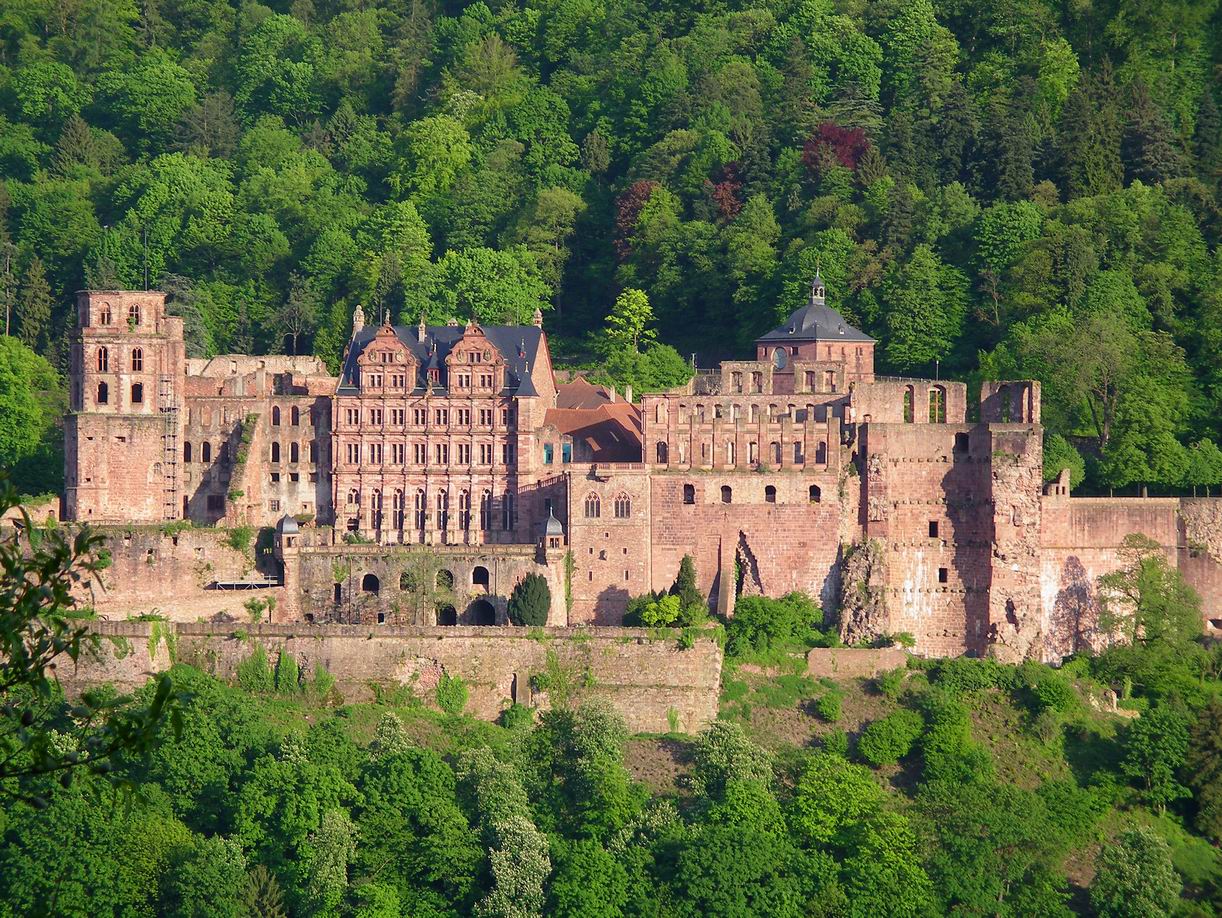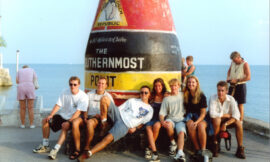Perched atop the lush green hills overlooking the Neckar River, Heidelberg Castle stands as a majestic testament to the rich history, architectural grandeur, and romantic allure of Germany. This iconic castle, nestled in the heart of Heidelberg, is not merely a fortress but a symbol of resilience, cultural richness, and the enduring spirit of a city that has weathered the tides of time.
The origins of Heidelberg Castle trace back to the early 13th century when construction commenced under the reign of Count Palatine Ludwig V. Over the centuries, successive rulers expanded and embellished the castle complex, transforming it into a splendid Renaissance structure. The castle became the residence of the Prince Electors of the Palatinate, making it a significant political and cultural center in the Holy Roman Empire.
One of the architectural highlights of Heidelberg Castle is the Friedrich Building, named after Elector Friedrich IV. This Renaissance masterpiece, adorned with intricate sculptures and ornate details, reflects the cultural flowering that characterized the era. The Ottheinrich Building and the English Building, both integral parts of the complex, further showcase the architectural evolution spanning from the Renaissance to the Gothic and Baroque periods.
The Great Vat, housed within the cellar of the castle, is a testament to the region’s vinicultural heritage. Crafted from the trunk of a single oak tree, this enormous wine cask has a capacity of approximately 221,726 liters, making it one of the largest wine barrels in the world. The Great Vat, while no longer in use, stands as a quirky and fascinating relic of the castle’s history.
The castle’s charm extends beyond its architectural splendor to the stunning views it offers of the surrounding landscape. The terraced gardens, known as the Schlossgarten, provide a panoramic vista of Heidelberg and the Neckar Valley. The castle’s perch on the Königstuhl hill allows visitors to marvel at the picturesque scenery, creating an atmosphere that has inspired poets, artists, and lovers for centuries.
However, Heidelberg Castle is not just a tale of prosperity; it has weathered the storms of war and destruction. The ravages of the Thirty Years’ War and subsequent conflicts took their toll on the castle, leaving parts of it in ruins. The iconic silhouette of the castle’s remnants against the sunset sky, especially the partially intact Friedrich Building and the romantically crumbling towers, adds a poignant and evocative dimension to its allure.
The Heidelberg Tun, an enormous wine barrel housed within the castle, is another fascinating feature. Commissioned by Prince Elector Karl Theodor in the 18th century, this colossal wine cask, with a capacity of around 219,000 liters, serves as a tangible testament to the region’s wine-producing traditions. The barrel, embellished with a dance floor on top, became a symbol of conviviality and merriment within the castle walls.
Heidelberg Castle has not merely survived the ravages of time; it has embraced its role as a living monument to German history and culture. Today, the castle welcomes visitors from around the world who come to explore its storied halls, wander through its gardens, and soak in the breathtaking views. The charm of Heidelberg Castle lies not just in its architectural splendor but in the stories it holds—of royal courts, cultural flourishing, and the resilience of a city that has endured and thrived.
In conclusion, Heidelberg Castle is more than an architectural marvel; it is a living narrative of German history and romance. Its towering spires, weathered walls, and lush surroundings create an enchanting atmosphere that invites exploration and contemplation. Heidelberg Castle remains a symbol of both the grandeur and the impermanence of human endeavors, making it a timeless and captivating destination for those seeking to immerse themselves in the cultural tapestry of Germany.



